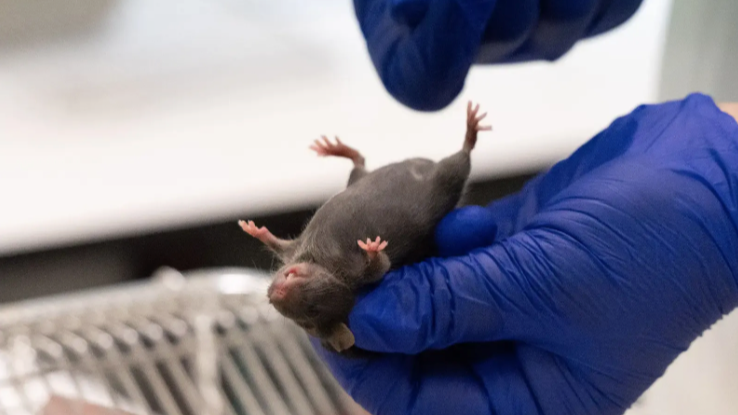Insights into hibernation using animals
- Gege Li
- Jun 2, 2023
- 1 min read
Updated: Aug 23, 2023

Animal hibernation may be able to protect against sepsis, a potentially lethal reaction to infection, a study at the University Medical Center Groningen (UMCG), Netherlands, has shown.
The researchers developed a ‘hibernation medicine’, based on the molecules that animals use to avoid organ damage during hibernation. When the drug was given to mice with sepsis, the animals were protected against kidney damage – a key effect of sepsis.
Dr Hjalmar Bouma at UMCG said: “We want to replicate the protection mechanisms of hibernators… This can help us to protect human organs from organ failure.”
Meanwhile, researchers at Washington University School of Medicine in St Louis, USA, have studied a state known as torpor that occurs in birds and some mammals, in which body temperature and metabolism decrease to allow survival in severe environmental conditions. It is similar to hibernation, but, unlike hibernation, torpor is an involuntary process.
However, the team managed to use ultrasound to intentionally stimulate torpor in mice, which naturally undergo this state, as well as in rats, which do not. This non-invasive method of targeting the nervous system may one day be useful for astronauts on long space missions.
Meanwhile, researchers at the University of Alaska Fairbanks, USA, funded by NASA, are looking to ground squirrels for further insights into how the animals’ hibernation (which can last for up to nine months, usually in below-freezing temperatures) might also help in space travel.
Dr Hjalmar Bouma at UMCG said: “We want to replicate the protection mechanisms of hibernators… This can help us to protect human organs from organ failure.”
See also MIT News: How hibernation-like states could pave the way for new hypothermic therapies.



